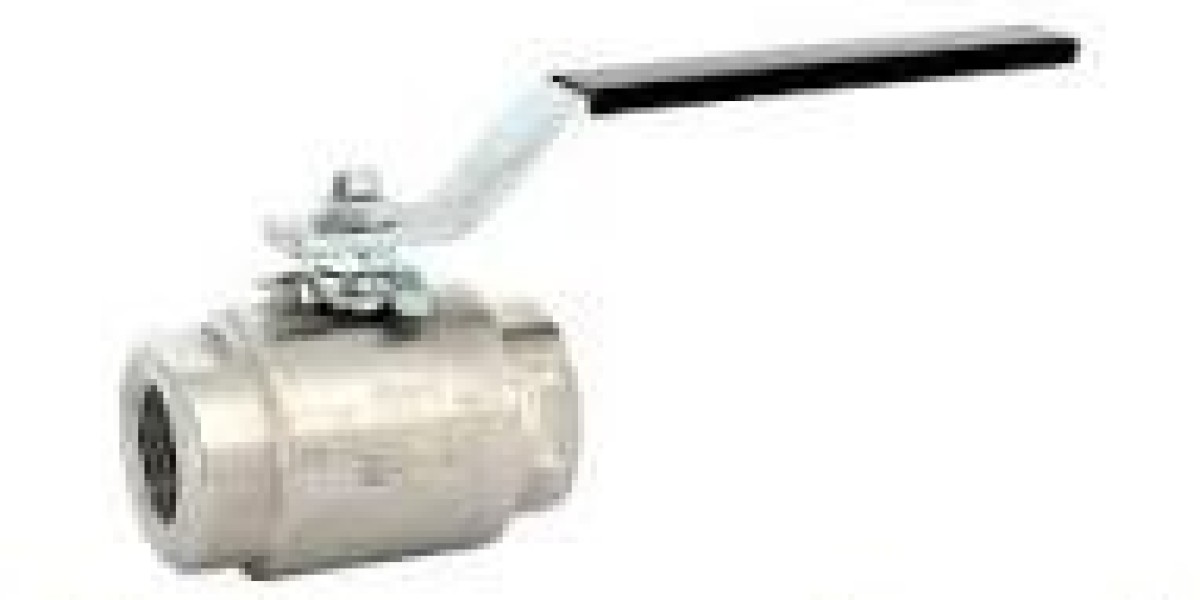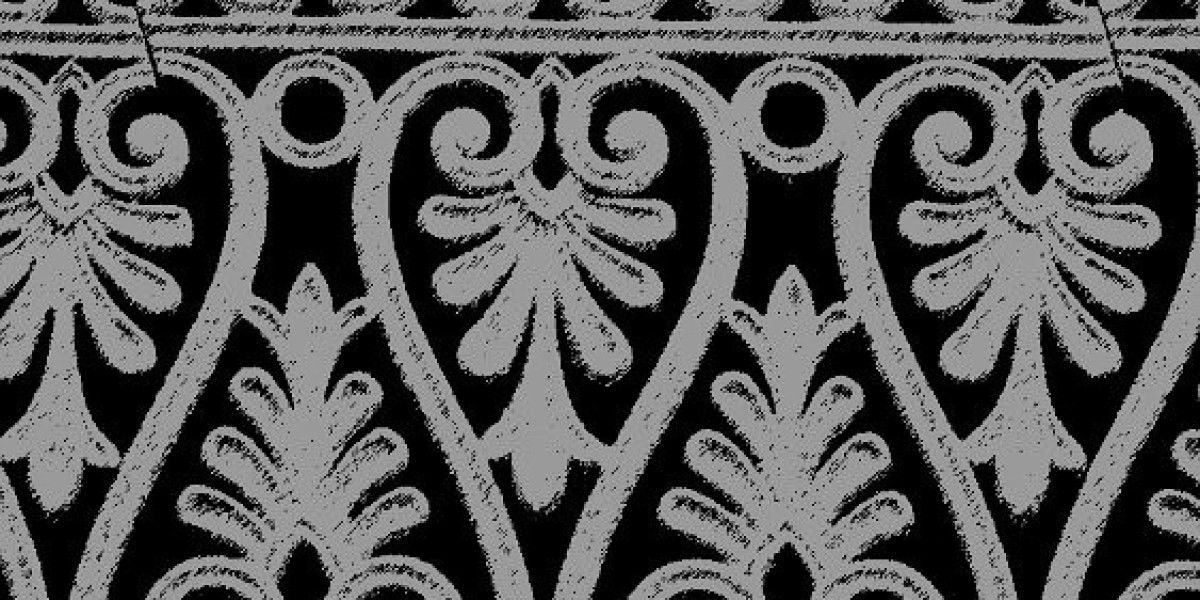In the realm of industrial engineering, strength and precision form the foundation of dependable performance. As a trusted Forged Steel Ball Valve Supplier, Naishi represents a philosophy where material integrity and structural balance shape the essence of durability. The discussion of forged versus cast steel extends far beyond manufacturing preference—it defines the endurance of systems that power industries. The way steel is formed determines its grain structure, density, and resilience, making the distinction between forging and casting a vital element in engineering reliability.
Forging creates steel components through controlled compression and heat, compacting the grain to eliminate internal voids. This process yields a structure of exceptional density and uniformity, capable of sustaining pressure fluctuations and dynamic forces. The integrity achieved through forging gives each valve body a cohesive molecular pattern, enhancing its ability to resist cracking under impact or vibration. The mechanical strength becomes an inherent feature rather than a result of additional reinforcement. Such stability forms the unseen strength behind every high-performance valve system used in refineries, power stations, and critical process networks.
Casting, while versatile, follows a different path. The molten steel poured into molds solidifies into complex shapes but may retain microscopic cavities or segregations. These variations can affect stress distribution during operation, particularly in systems exposed to temperature shifts or cyclical loading. Though modern casting has evolved through vacuum treatment and refining methods, the microstructure often lacks the uniformity of forged materials. Thus, while casting enables complex geometries at lower cost, forging remains the preferred path where safety and consistency dominate.
The distinction between these two manufacturing philosophies highlights a deeper understanding of engineering performance. Forged steel embodies control—every stroke of pressure and every degree of temperature carefully calculated to create predictable results. Casting, by contrast, relies on fluid dynamics and cooling behavior, both more difficult to standardize. The difference is not merely technical but philosophical: forging seeks perfection through precision, while casting balances efficiency with form.
Advancements in metallurgy have refined both approaches, yet the forged process continues to align closely with high-integrity demands. Enhanced die technologies, precision temperature management, and advanced material analysis allow forged steel valves to achieve tight tolerances while maintaining grain orientation. These innovations produce components capable of surviving corrosive media and mechanical strain with remarkable stability. In critical systems—where a single failure can result in downtime or hazard—such reliability defines long-term value.
Moreover, the conversation around sustainability now influences how materials are shaped. Forged components require less rework and reduced waste during machining, contributing to lower energy usage and extended product life cycles. The compact structure of forged steel ensures minimal leakage potential and long operational intervals, reflecting both economic and environmental consideration. When engineering strength aligns with ecological awareness, the result is an industry that honors performance and responsibility in equal measure.
The evolution of valve design also mirrors this technological journey. Modern forging techniques integrate digital modeling and automated pressure systems, enabling manufacturers to visualize molecular behavior before production begins. This union of digital intelligence and traditional craftsmanship elevates reliability to a level that defines the future of industrial design.
Ultimately, strength is not simply measured by hardness or pressure tolerance but by the harmony between design, process, and purpose. The endurance of forged steel represents the mastery of transformation—turning raw material into a promise of stability.
At the forefront of this enduring craft, Forged Steel Ball Valve Supplier continues to uphold quality and precision across each engineered detail. Discover the artistry of strength and structure through https://www.ncevalve.com/product/general-purpose-ball-valve-1/npt-forged-steel-ball-valve.html ,where Naishi delivers the balance between innovation and endurance that defines industrial confidence.








